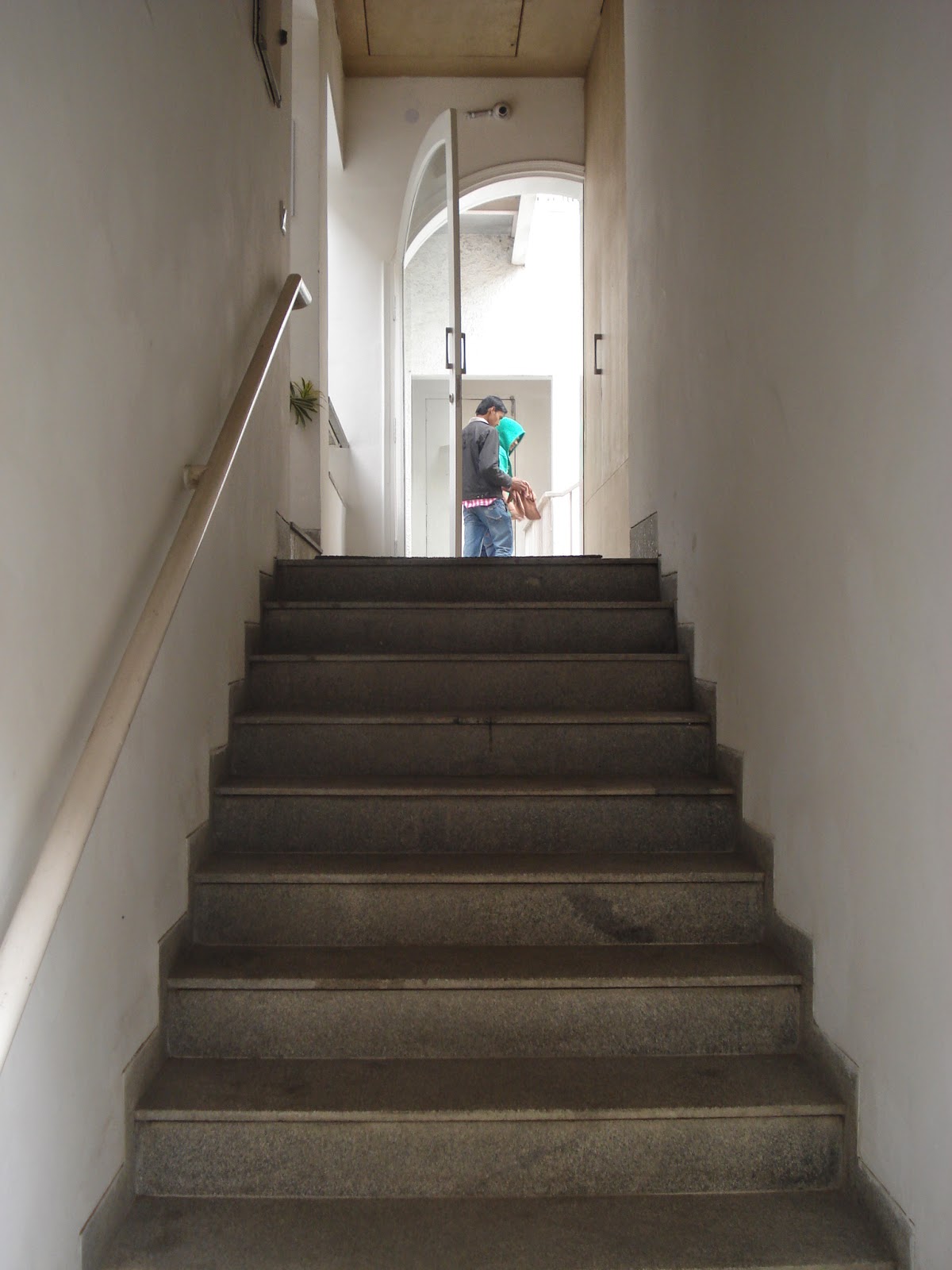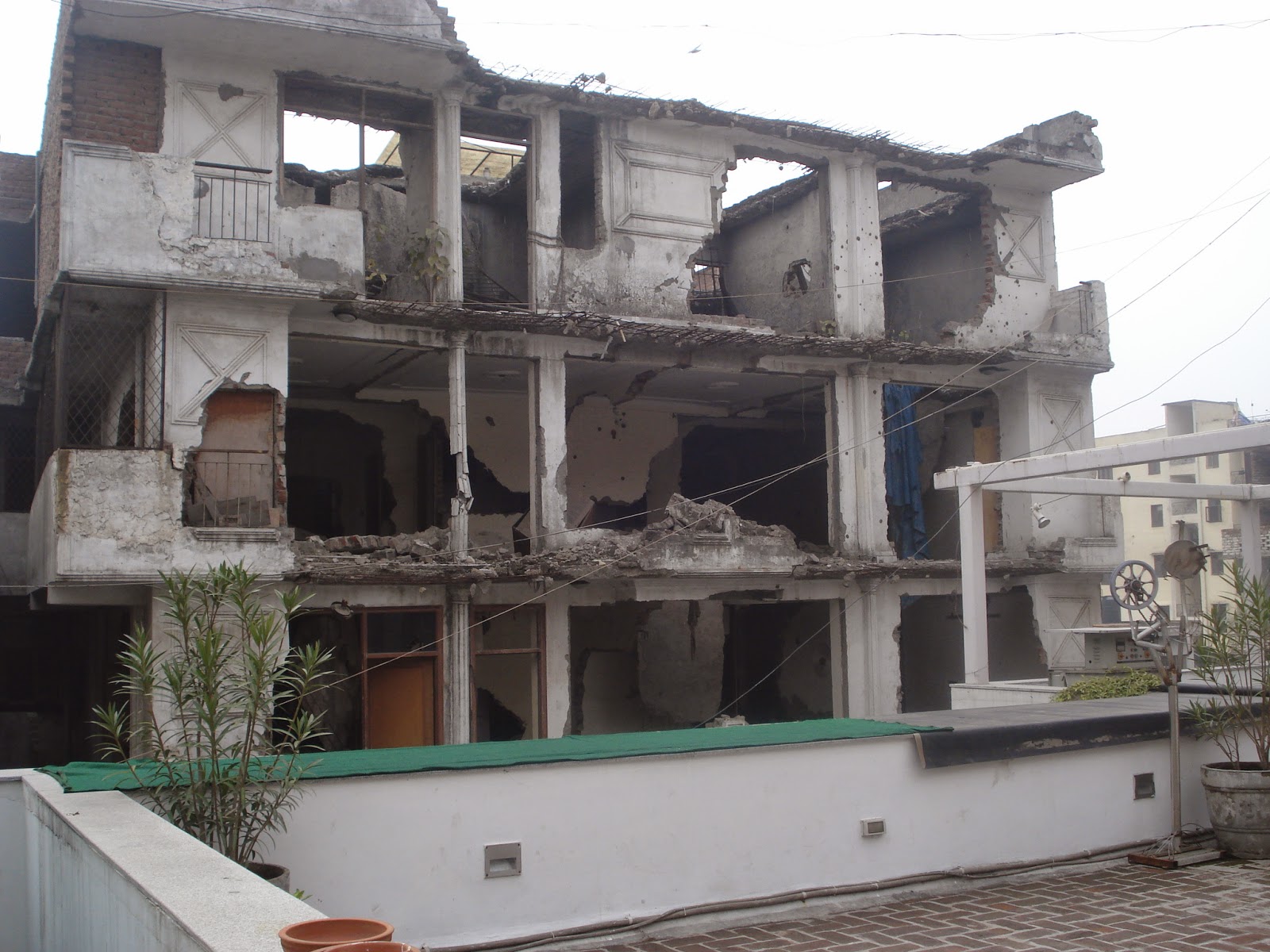I was in Delhi in the last week with CAMP for setting up our exhibition "As If - II: The flight of the Black Boxes" in Jorbagh. While there, I was put up at Khoj, an artist residency in Khrikee - a place that I have been to long ago as a part of the research 'Cultural spaces in India' initiated by the Goethe Institute in 2010. Then, Khoj was small bungalow with beautiful spaces and a central little courtyard. Now, it seems that Khoj has acquired some more adjoining property and enlarged its facility to include formal spaces for different activities. There are rooms for resident national or international artists, a library, cafe and other staff quarters - all organized around a courtyard. The space still is charming, although not as colourful as it was before...
CAMP began as an offshoot of Khoj when it wanted to extend its roots to Mumbai. However, CAMP went on to be an independent studio with Shaina Anand and Ashok Sukumaran ofcourse with its "background member" Sanjay Bhangar. Our brief stay in Delhi was thus hosted by Khoj in the background of this association.
While Khoj was inactive when I went there this time - with its library closed, its director traveling, with no artists yet in, working on any project as well as the terrible weather due to which the place looked cold and grey; it certainly seemed quite appealing to me in its silence. The place has many different spaces that are funded by established artists in India, as well as some international grants. I wasn't able to interact with any one there so I am not sure about the presence of this place in Khirkee. However, of the little I know, Khoj anchors the neighbourhood in its place.
The building is visually boxed into an empty steel framework, parts of which are visible at its entrance. The little offset of the building within its plot passages into the main studios, but is converted into an information cubicle where events happenings and brochures of exhibitions are kept for pick up. Once inside, the building frames its surrounds through the metal frames and window cuts. Right opposite to Khoj is a dilapidated building - a ruin which has remained in the derelict state for about five years, Ashok mentioned. The five floor building is peeled off its walls, and has large holes on its floors. As an architect, it was fascinating to see the building in section, literally. Further, as an artist, it reminded me of Matta Clark's violent artistic acts of chopping full scale buildings.
Inside, Khoj is hollowed into a staggering courtyard from where one gets the anatomy of the entire place. One can see the studio spaces, staircases and bridges as well as the staff quarters in the far upper corner of this box. This interior space is entirely white washed bricks. The tree within the courtyard is cute, romantic, but scales the space well.
I am sure that each corner of Khoj creatively activates through the imagination of the artists it hosts. The culmination of the building into the terrace gives a breathtaking view of the ruin that faces it. The surprise of destruction, the forced voyeurism invited by the handicapped building, the poetic incompleteness, its political situatedness in its context and the dramatic way in which Khoj reveals the building in the end makes it truly an artistic discovery. The terrace, borrowing its partial background from the adjoining naked brick building facade is thus a viewing deck exposing to us the world it sits in.



















No comments:
Post a Comment